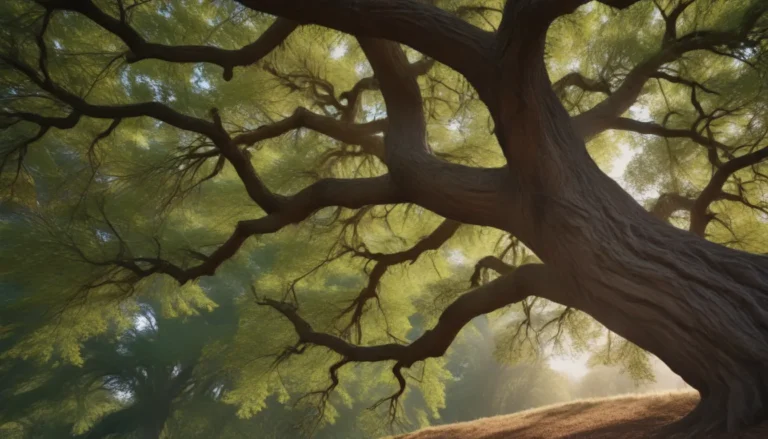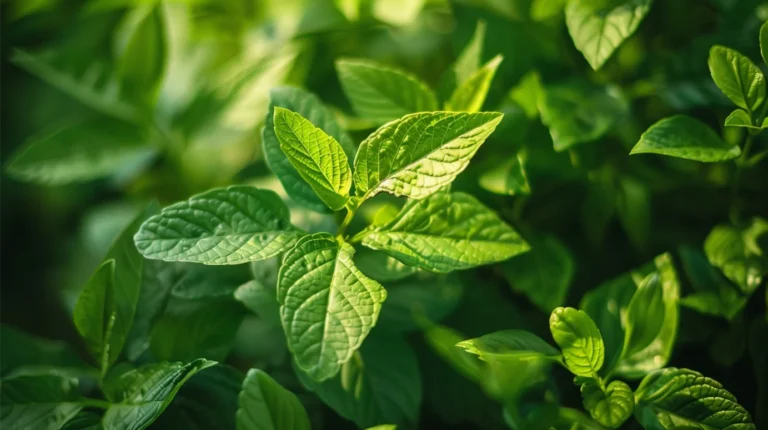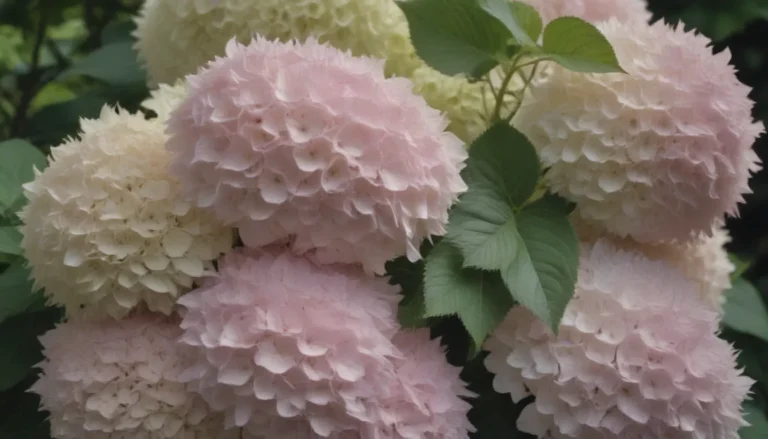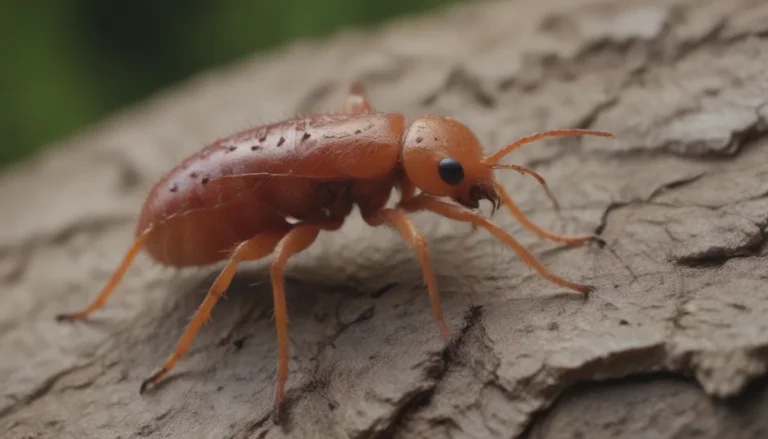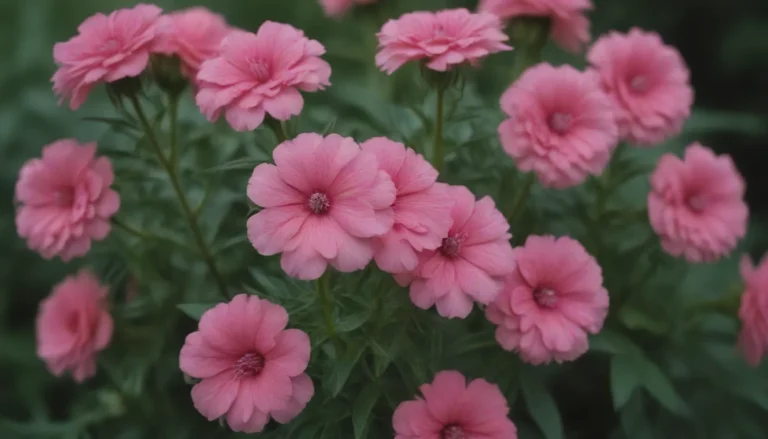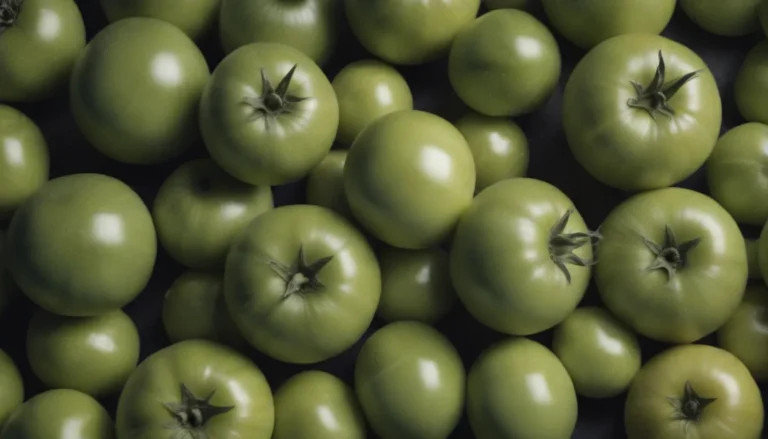All About Mulch: A Comprehensive Guide to Understanding and Choosing the Right Mulch for Your Landscaping Needs
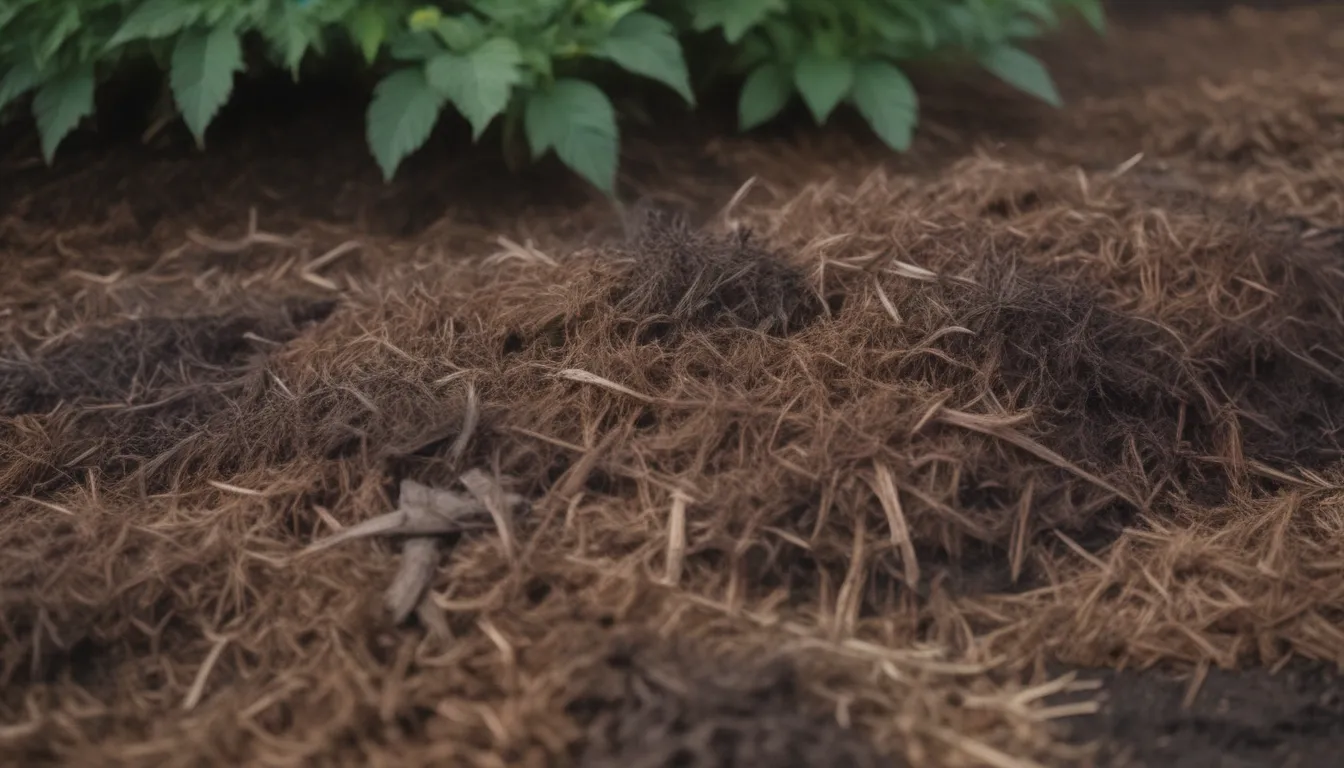
Are you planning a big landscaping project and wondering how much a yard of mulch costs? Look no further! Mulch is a crucial component for maintaining healthy soil and plants in your yard. Whether you’re a seasoned gardener or a beginner looking to spruce up your outdoor space, understanding the cost, benefits, and types of mulch available is essential. In this in-depth guide, we will explore everything you need to know about mulch, from the different types and costs to the best time to buy and even how to get it for free. Let’s dive in!
The Cost of a Yard of Mulch: Bulk vs. Bagged
When it comes to purchasing mulch for your landscaping project, you have the option to buy it in bulk (loose) or in bags. The cost of a yard of mulch typically ranges from $50 to $100, with an average cost of around $75. Here’s a breakdown of the costs for bulk mulch and bagged mulch:
Bulk Mulch Cost
- A yard of bulk mulch costs approximately $75.
- Bulk mulch is delivered by a truck and dropped in a pile in your yard for easy spreading.
Bagged Mulch Cost
- A yard of mulch in bagged form can range from $50 to $100.
- Mulch is available in bags of 2 cubic feet or 1.5 cubic feet.
- 13 to 14 bags of larger mulch bags equal a yard, while 18 bags of smaller bags make up a yard.
How to Calculate the Cost of Mulch
Before purchasing mulch, it’s essential to calculate how much you’ll need for your project. Here’s a simple formula to help you determine the amount of mulch required:
- Measure the area to be covered (length multiplied by width).
- Multiply that figure by the desired depth of coverage, typically 2 or 3 inches.
- One yard of mulch covers approximately 100 square feet at a depth of 3 inches.
Types of Mulch and Their Costs
There are various types of mulch available, each with its own benefits and price points. Here are some common types of mulch and their associated costs:
Wood Mulch
- Natural, undyed softwood mulch typically costs around $40 per yard.
- Cedar mulch, which has a natural red color and resists insects, can range up to $100 per yard.
Pine Needles
- Pine needle or pine straw mulch costs about $150 per yard.
- It is sometimes priced by the square foot, with a box covering 160 square feet at a 2- to 3-inch depth.
Straw
- Wheat straw mulch costs $140 to $160 per yard when purchased by the bale.
- Four bales of straw equal a yard of mulch.
- Straw bales from farm stores cost around $5 to $6 per bale.
Rubber Mulch
- Made from recycled tires, rubber mulch costs approximately $250 per yard.
- It is long-lasting and does not fade or break down like organic mulches.
Mulch Delivery Costs
Because a yard of mulch is quite large and heavy, you may need to factor in the cost of delivery. Here’s a breakdown of delivery costs for bulk and bagged mulch:
Bulk Mulch Delivery
- The average cost of bulk mulch delivery is about $100.
- Bulk mulch must be professionally delivered or picked up with an open-bed vehicle.
Bagged Mulch Delivery
- Bagged mulch delivery typically costs around $50 per yard on a pallet.
- Bagged mulch can be professionally delivered or self-picked up with a mid-size SUV or truck.
Other Cost Factors
Aside from the cost of mulch and delivery, there are additional factors to consider when planning your landscaping project:
Labor
- Landscapers typically cost from $14 to $25 per hour.
- Hiring landscapers for picking up, delivering, or distributing mulch may be necessary.
Yard Regrading
- Regrading a yard costs an average of $2,600.
- It may be necessary to level out slopes before adding mulch.
Landscaping
- Landscaping costs range from $4 to $17 per square foot, with an average cost of $11 per square foot.
- Adding mulch as part of a larger landscaping project may affect overall costs.
How to Choose the Right Mulch
Selecting the right mulch for your landscaping needs is crucial. Here are some factors to consider when choosing mulch:
Organic vs. Inorganic Mulch
- Organic mulch is made from living matter and nourishes the soil.
- Inorganic mulch is made from nonliving matter and is long-lasting.
Mulch Texture
- Hardwood mulches come in rough or fine textures.
- Finer ground mulch breaks down faster, while rougher mulch is more long-lasting.
Mulch Color
- Choose between natural and colored mulch.
- Colored mulch comes in various shades to complement your landscape.
Benefits of Mulch
Mulch offers a protective layer around plants and soil with several benefits:
- Provides weed suppression by blocking sunlight.
- Adds nutrients to the soil and helps retain moisture.
DIY vs. Professional Mulch Costs
Deciding whether to apply mulch yourself or hire a professional can impact costs:
DIY Mulch
- DIY mulch costs around $175 for 100 square feet.
- Bulk or bagged mulch can be easily distributed by homeowners.
Professional Mulch
- Hiring a professional to distribute mulch typically costs $175, including delivery.
- Distribution costs should be around $4 to $6 per square foot.
Best Time of Year to Buy Mulch
The optimal times to purchase mulch are spring and fall:
- Commercially produced mulch is on sale in early spring.
- Free mulch from municipal recycling departments is available in late fall.
Sources of Low-Cost or Free Mulch
For budget-friendly options, consider these sources of low-cost or free mulch:
Arborist Wood Chips
- Arborists and landscaping companies offer wood chips for free or at a nominal cost.
- Arrange drop-offs with local companies for a convenient and economical mulch option.
Municipal Mulch
- Some municipal waste departments offer free mulch processed from organic materials.
- Self-pickup at recycling facilities may be required.
Mulched Leaves
- Shred fallen leaves with a lawn mower to create low-cost mulch.
- Best for the environment and your wallet.
Paper
- Shredded newspapers and grocery bags offer a budget-friendly mulch alternative.
- Lay them out in garden beds for an eco-friendly option.
DIY Chipped Wood
- Invest in a wood chipper to create DIY mulch from tree and shrub limbs.
- An affordable way to produce mulch at home.
Grass Clippings
- Bag your grass clippings and use them as mulch in your garden beds.
- Spread thinly to avoid weed growth.
Straw
- Break up bales of straw and use them as mulch around your yard.
- Businesses may give away leftover straw for winter.
In conclusion, mulch is a versatile and essential component of any landscaping project. By understanding the cost, types, benefits, and sources of mulch, you can make an informed decision when planning your outdoor space. Whether you choose organic or inorganic mulch, the key is to select the right mulch for your specific needs. With the information provided in this guide, you’ll be well-equipped to tackle your next landscaping project with confidence. Happy gardening!
Sources:
- Forbes Home
- Mulch Masters of NC, Inc
- Fixr
- Austin Wholesale Landscape Supply
- The Mulch Spot
- Home Depot
- Angi
- HomeAdvisor
- USDA Agricultural Marketing Service
- Washington State University Extension
- U.S. Bureau of Labor Statistics
- U.S. Department of Agriculture.
